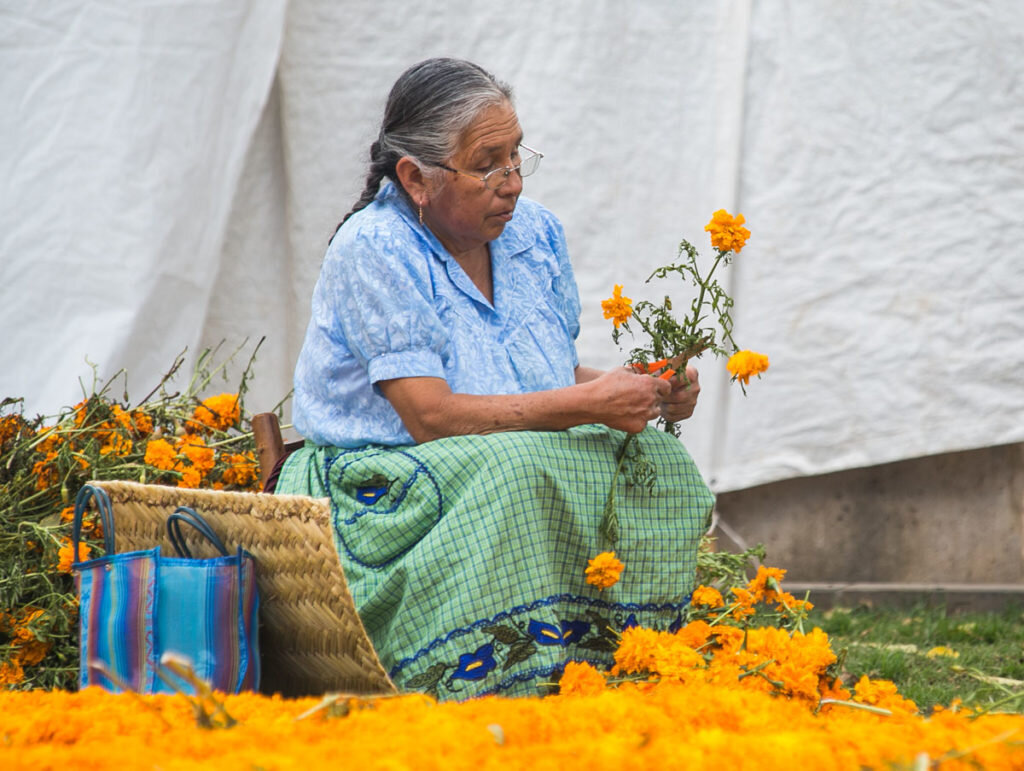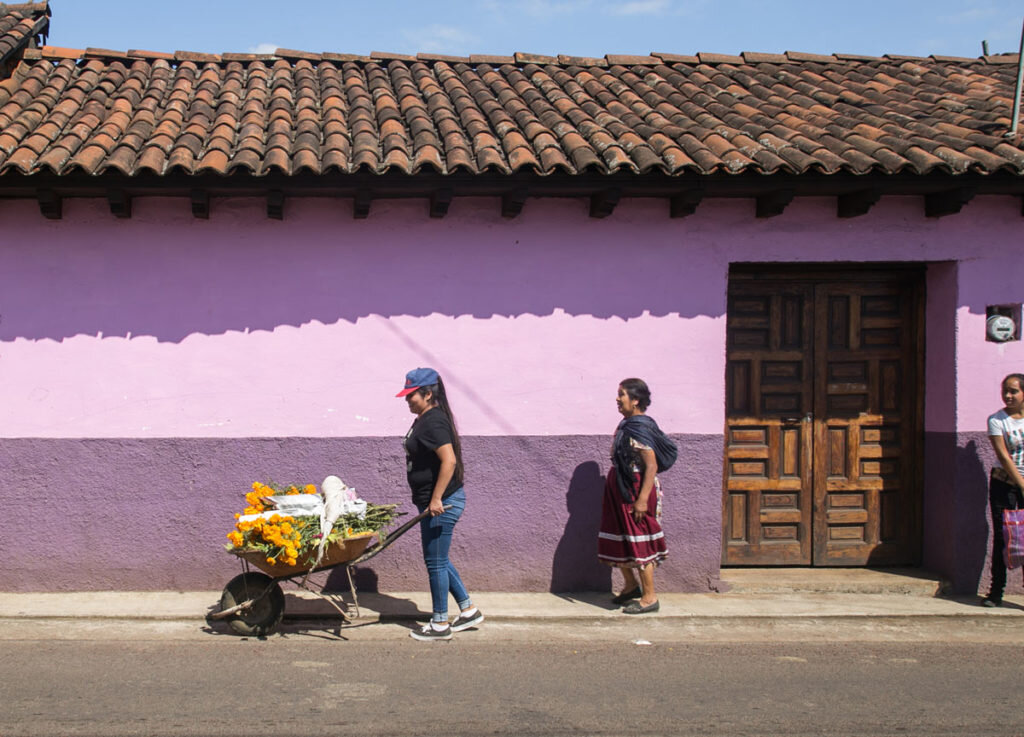Day of the Dead by Michael Schwarz
A journey through Dia de los Muertos in Patzcuaro, Michoacán, Mexico
A photo essay by Michael Schwarz.
+ + +
From the photographer:
On October 31st, Children skip through the 600-year old streets of Patzcuaro, Mexico, collecting candy, as families, business owners, and churches prepare for the annual Dia de los Muertos celebration the following day. Vibrant orange marigolds hang from every tree, archway, and sign in sight. The mouth-watering scent of cooking elotes drift across the town square, as traditional dancers bound amidst the hanging globe lights. Patzcuaro is known for its rich and traditional celebration of the holiday, and this is just the beginning.
Dia de los Muertos, or “Day of the Dead,” is an annual celebration deeply rooted in Mexican tradition, family values, honoring the deceased, and respecting your elders. The celebration is commonly misunderstood – being incorrectly associated with Halloween, pagan rituals, and costumes. Day of the Dead was originally celebrated by the indigenous Aztec population over 3,000 years ago. After the Spanish colonized Mexico in the 1600’s, the holiday was moved from the early summer to October 31st—November 2nd to coincide with the Catholic tradition All Saint’s Day. It then became a syncretization of Aztec ritual and Catholicism.
Each family constructs an altar around their loved one’s gravesite. This alter serves as a portal for the dead to enter the world of the living during the festival period. These memorials are quite expansive – consisting of wooden frames, thousands of marigolds, and prolific offerings of food.
The three shelves of food represent heaven, earth, and the underworld. Items honoring the saints of the Catholic Church are placed on the top shelf, while favorite foods and personal items of the deceased are placed on the lower shelves. It is believed that the cross of salt at the base helps purify souls as they cross into the world of the living. The candles and marigolds help guide the souls with their bright color and strong scents.
Families work tirelessly, creating some of the most elaborately decorated grave sites in all of Mexico. Spirits are high, and families reminisce together over homemade dinners as they prepare for the evening. When families arrive at the gravesites, musicians surround them as they set up the altar face, light the candles, and burn copal (or incense). The copal aroma is said to purify the souls of the dead as they enter the world of the living. The mariachis serenade the families as they call upon their loved ones. After they leave, the family settles in to eat, drink, and reminisce.
+ + +
Michael is a photojournalist and the founder of Wicked Pittsburgh Art Collective. He lives in Brooklyn and specializes in a wide array of photo and video work, as well as written journalism, investigative reporting, and spot news coverage. His work has been published by the Associated Press, The Guardian, The Huffington Post, and Viewfind.


























